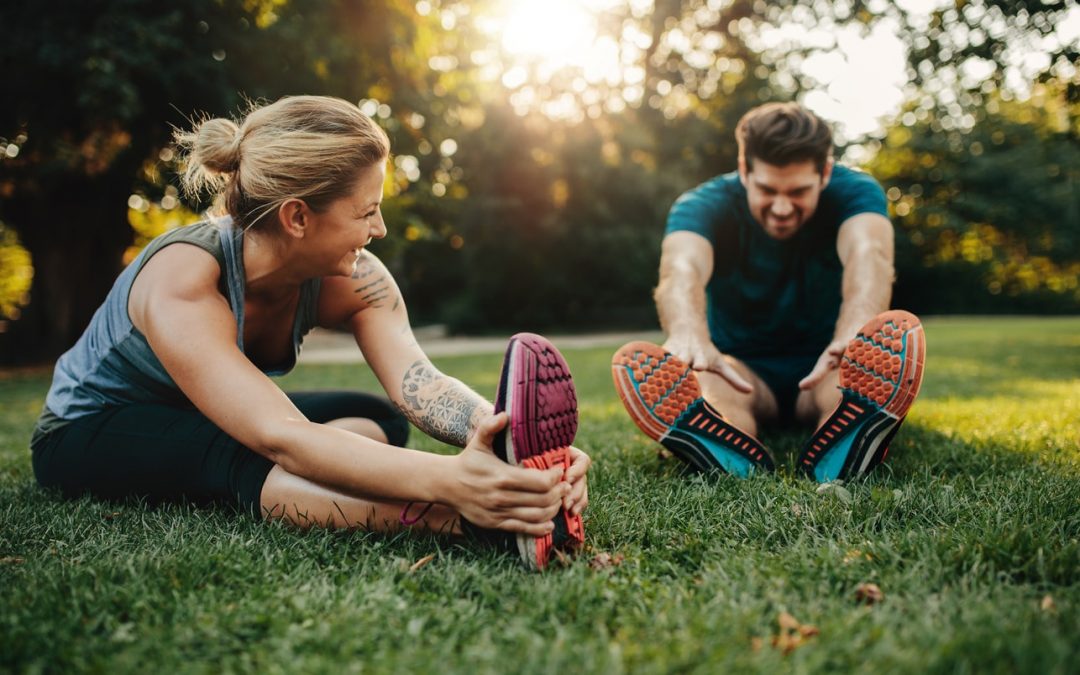The Warm-Up
According to the American Heart Association, the “warm-up” does just that. It raises your muscles’ temperature for optimal flexibility and efficiency. Warming-up before you exercise also dilates your blood vessels to ensure your muscles are well supplied with oxygen throughout the workout. You are also slowly raising your heart-rate as you warm-up and move into the main work-out. This helps reduce the overall stress put on your heart. “Warming up before any workout or sport is critical for preventing injury and prepping your body,” said Johnny Lee, M.D., director of the Asian Heart Initiative at the New York University Langone Medical Center and president of New York Heart Associates in New York City.
The Cool-Down
The cool-down is just as important as the warm-up. Cooling-down after a workout controls your blood pressure. Stopping your workout abruptly causes your blood pressure to drop too rapidly, which is why some people feel light-headed when they skip the cool-down. It also help slow your heart rate down slowly and safely. This is actually linked to have improved heart health over time, according to research published in the Journal of Exercise Physiology Online. Properly cooling-down also reduces the concentration of lactic acid in the muscles, which will leave you feeling less sore and more motivated for your next workout session!
Tips for Warming-up and Cooling-Down
Typically, you want to warm up your body for at least 5-10 minutes with an exercise that uses your whole body. Walking or jogging lightly are both good options. If you plan on doing a longer, more intense workout, your warm-up should be around 15 minutes. Leave stretching for the cool-down. Stretching before a work-out, when your muscles aren’t warmed-up, could actually lead to an injury.
Heather Henri, M.D., an associate professor of medicine at Stanford University, recommends cooling down for about six minutes after you’ve completed a workout to prevent getting lightheaded or fainting. It is also best to walk for a few minutes before jumping right into stretching. You can also try these dynamic stretches, “6 Active Stretches You Should Be Doing.”
For more information, click here!



